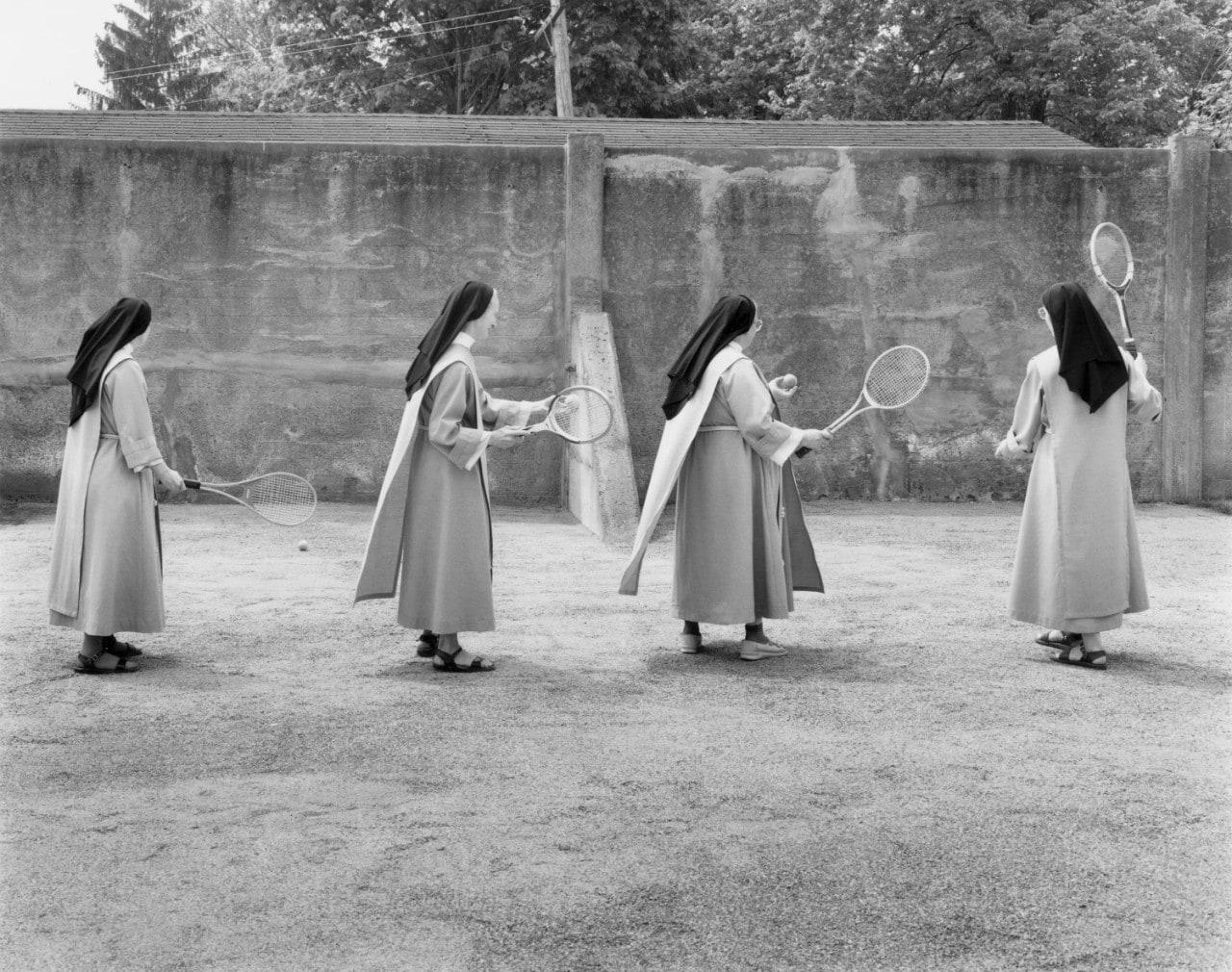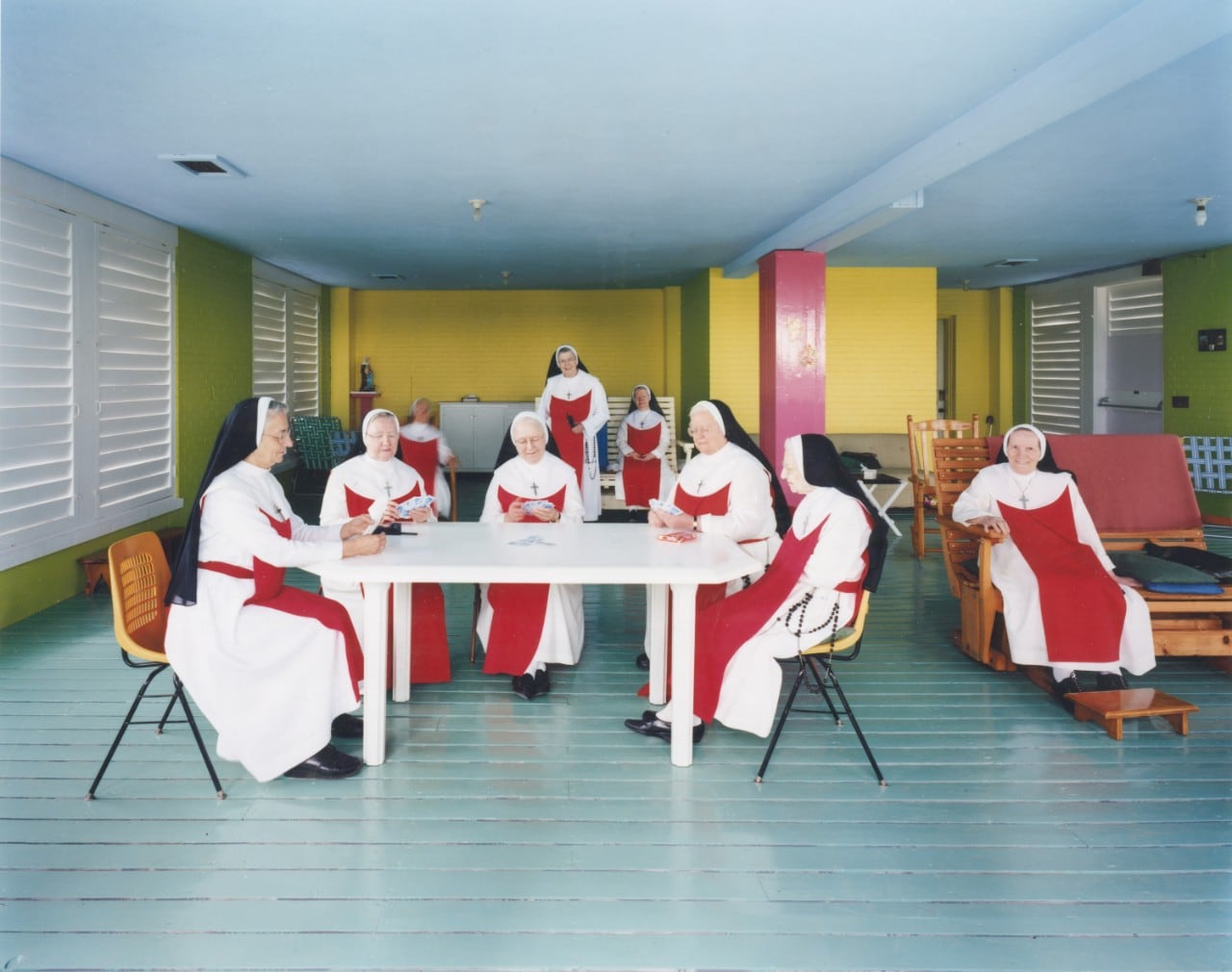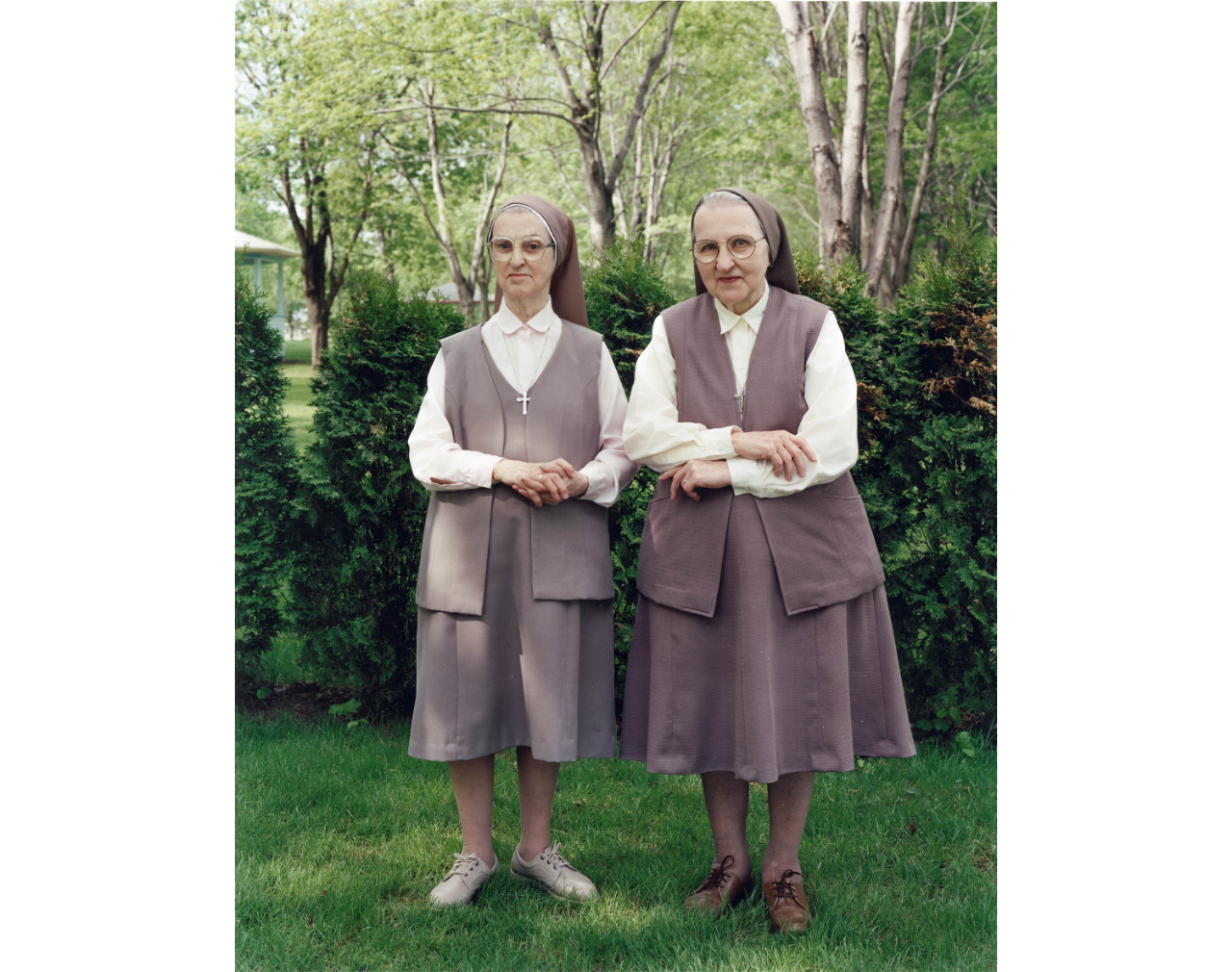Clara Gutsche’s work with photographic art began in 1970 when she bought a 35-millimetre film camera after moving to Montreal from St. Louis.
Taking photographs "was a way of mapping my own city, learning more about my city, and learning more about my neighbourhood,” Gutsche says.
By 1972, she was photographing with her 4x5 view camera and tripod, which would become one of the defining characteristics of Gutsche’s art practice.
Now, more than 50 years later, her body of work has garnered her the 14th annual Scotiabank Photography Award.
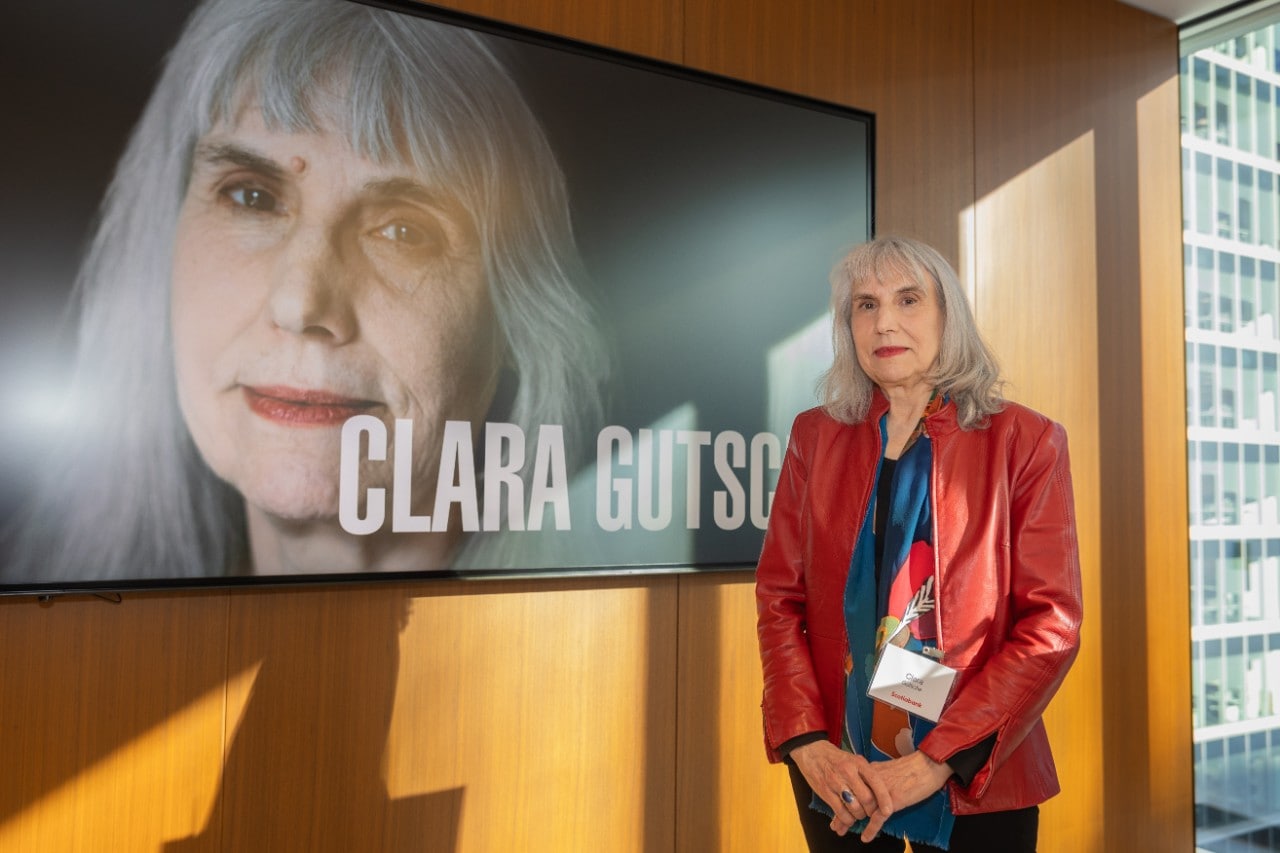
Photo: Clara Gutsche receives the Scotiabank Photography Award at a Toronto ceremony.
The award recognizes the achievements of established mid-to-late career artists by engaging Canadians and raising awareness of the issues and forces of our time through photographic art. The winner was announced at a ceremony in Toronto on May 30.
Gutsche uses portraiture to explore personal relationships, while her work with urban landscapes and architectural interiors invites the viewer to reflect on cultural values.
“Over the 54-year span of my art practice, I have explored multiple modes of documentary photography in the context of contemporary art. I continue to question the theoretical and material understanding of the category through my critical writing and my subjectivity-inflected documentary projects,” she says in her artist statement.
Gutsche was one of three finalists on the award’s shortlist, which had been narrowed down from a longlist of eight artists.
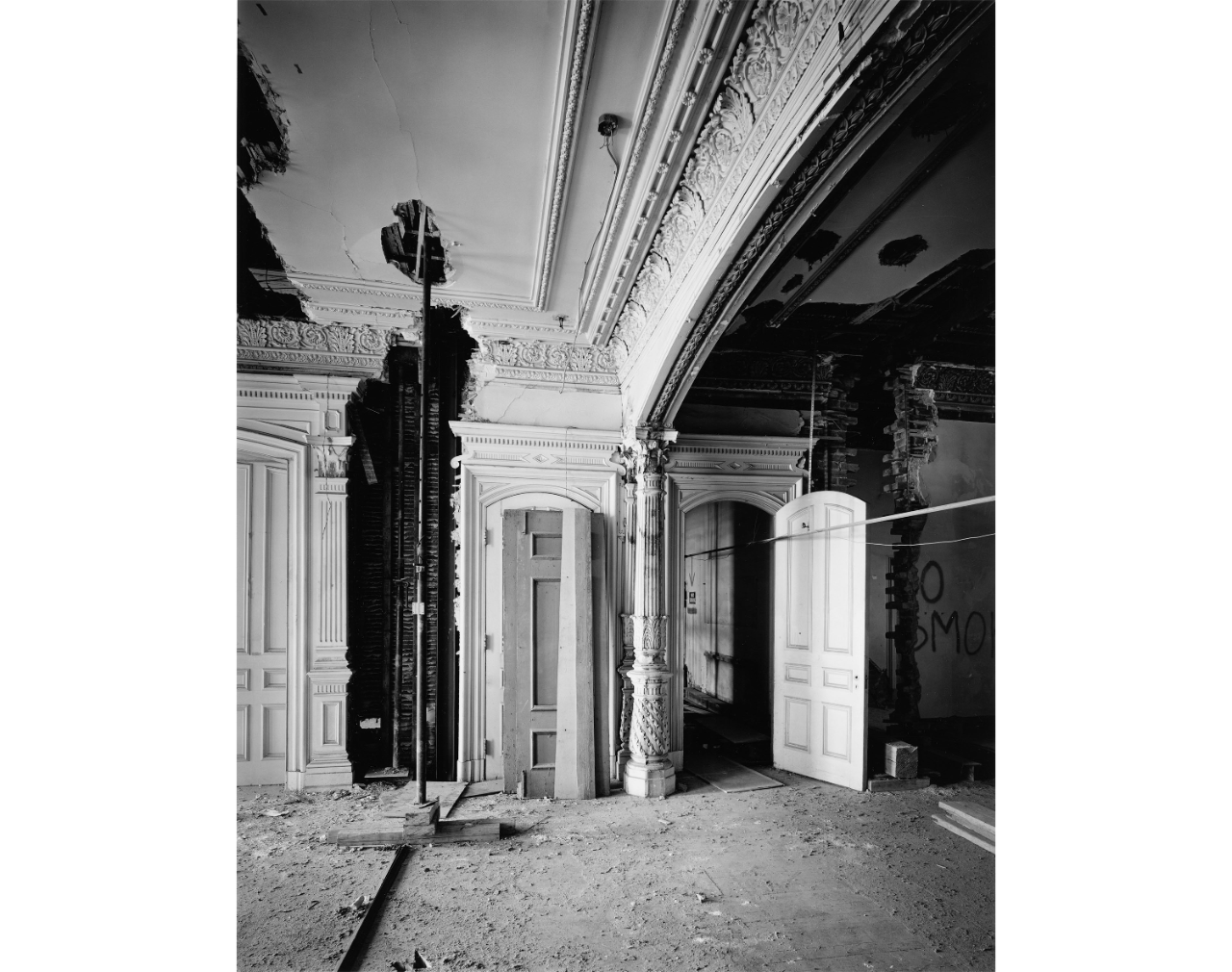
Photo: Reception and dining rooms in Shaughnessy House, Canadian Centre for Architecture, gelatin silver print, 33.5 x 26.1 cm.
In addition to her art practice, Gutsche has worked as an educator and a critic. Her critical writing has been published in Photo communiqué (1983, 1984), Vanguard (1984), C Magazine (1988), Canadian Art (1995) and Chapter 5 in Photogenic Montreal: Activisms and Archives in a Post-Industrial City (2021).
Her work has been exhibited in many cities across Canada as well as in exhibitions abroad.
“Gutsche’s art explores the depths of personal relationships and the intersection of culture and urban landscapes through a unique and powerful photographic perspective,” said Scotiabank’s Chief Marketing Officer Laura Curtis Ferrera. “At Scotiabank, we are proud to have founded this award which helps to support and elevate the arts and artists, Canada’s foremost storytellers, across the country and around the world.”
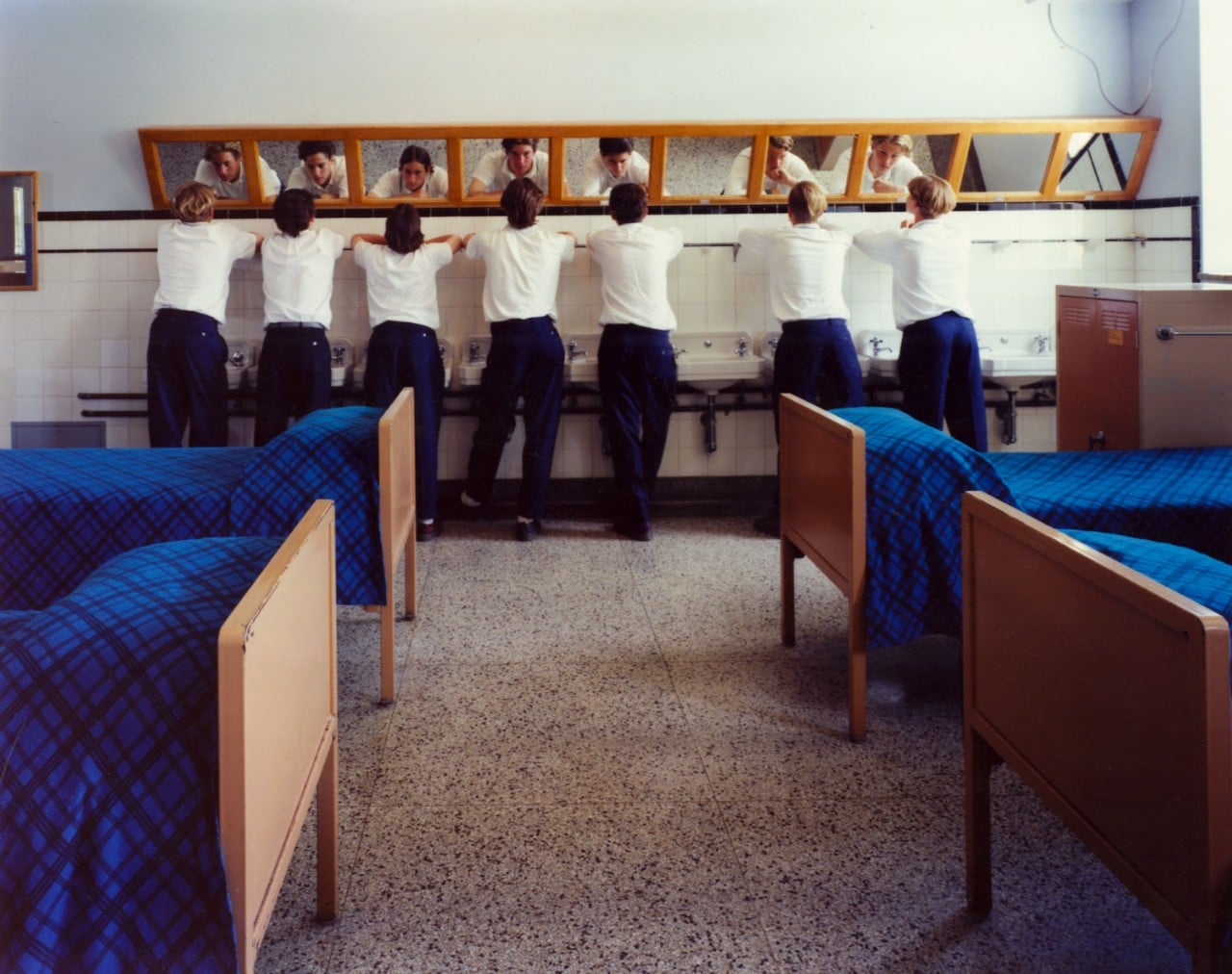
Photo: College Bourget, Rigaud, 1994, from the series High School Series, 1993-1998, chromogenic print, 38.1 x 48.3 cm.
The Montreal-based artist says she was “blown away” to find out she was even on the shortlist and says she considers the Scotiabank Photography Award to be an important contribution to the Canadian photography community.
The Scotiabank Photography Award was co-founded in 2010 by internationally-renowned Canadian photo artist Edward Burtynsky and Scotiabank with a goal of recognizing and accelerating artists’ careers as they reach the next level of national and international recognition.
Gutsche receives a $50,000 cash prize, a solo Primary Exhibition during the 2025 CONTACT Photography Festival and a published book of her work distributed worldwide by renowned art book publisher, Steidl. The other two finalists — Nicolas Baier and Thaddeus Holownia — each receive $10,000.
She says she plans to use the prize money to focus on her art practice by purchasing materials and hiring art assistants to help with processing her film images digitally.
For Gutsche, she doesn’t set out to communicate a specific message through her work. “You can’t predict how somebody will respond to your photographs,” she says.
“I don’t use text with my photographs. I like to work with an approach that intentionally allows different viewers to sometimes have very different responses to the photographs.”
However, one exception was her 1970-1973 series, Milton Park, named for the neighbourhood of Montreal threatened by a demolition project at the time. As residents of Milton Park, Gutsche and her partner David Miller, also a photographer, used photographic art to contribute to the community’s effort to save the neighbourhood.
Selection from the Milton Park series, 1970-1973
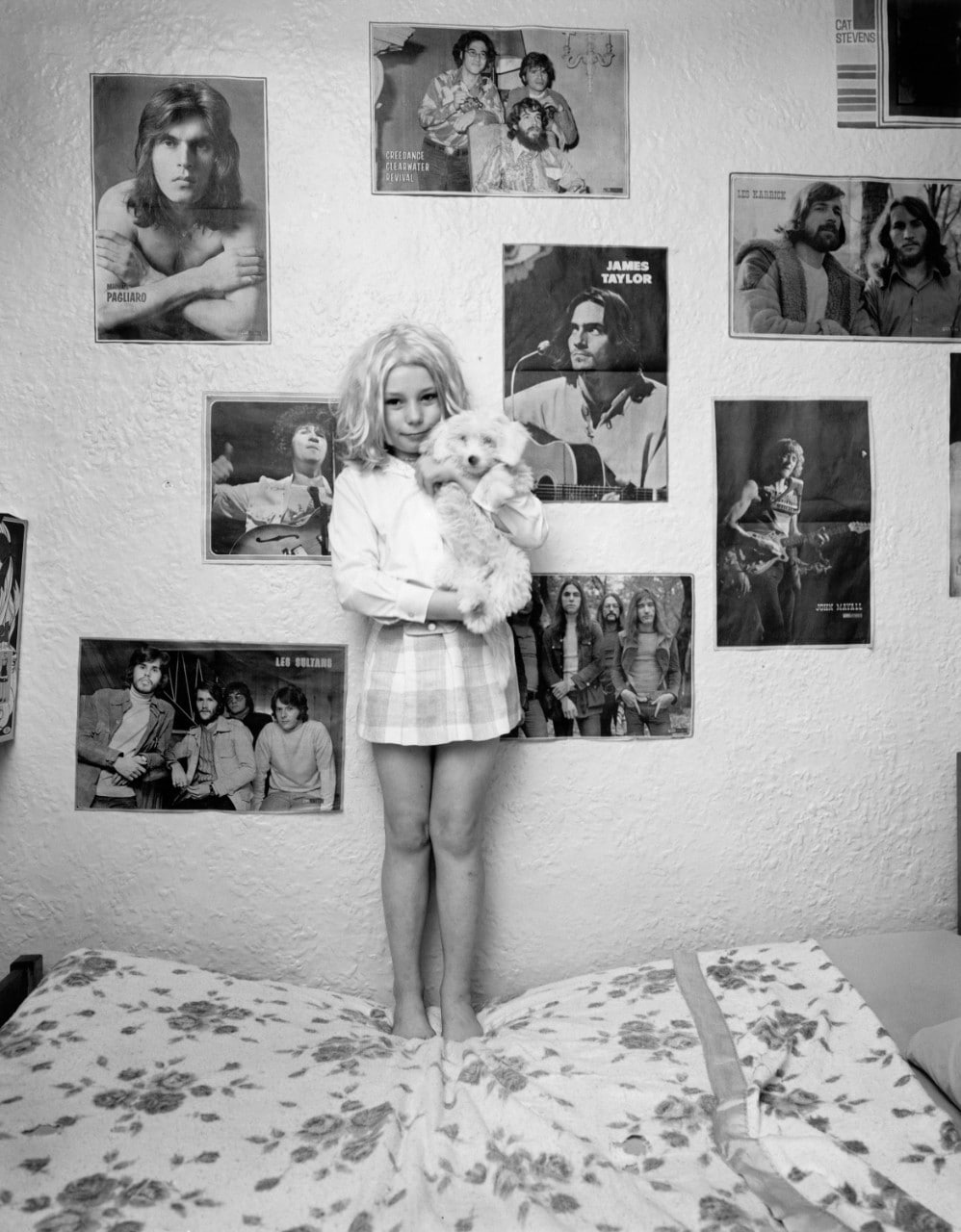
Photo: From the series Milton Park, 1970 - 1973, gelatin silver print, 30.2 x 23.2 cm.
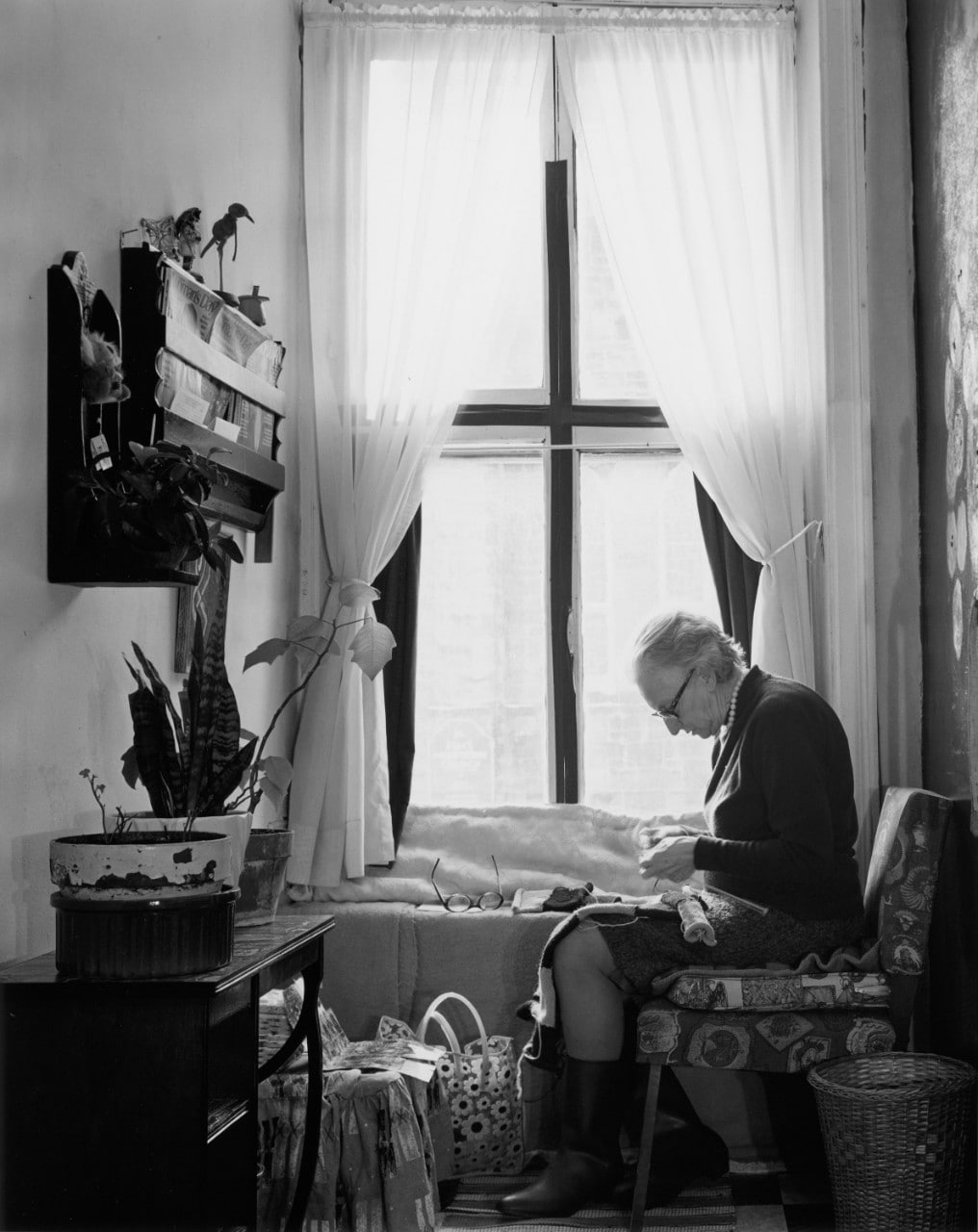
Photo: From the series Milton Park, 1970 - 1973, gelatin silver print, 30.2 x 23.2 cm.
“In that case, the photographs were done with the purpose of showing people the value of what they had before they lost it,” Gutsche says.
Ultimately, part of Milton Park was demolished, but phase two of the demolition was prevented, which Gutsche attributes to a combination of community advocacy, the work of heritage preservation advocates and the co-operation of various levels of government.
“What's happened in terms of those particular photographs is they have stayed alive, and they are still used and of interest to people,” Gutsche says.
Another project that Gutsche has received considerable public acclaim for was the Convents series, from 1990 to 1998. “I just felt a compelling motivation to photograph inside these different female communities. I wished to discover: what is it like to live as a woman among women, and also how these communities were central to the history of Quebec?” Gutsche says.
Selection from the Convents series, 1990-1998
The Montreal-based artist was initially nominated for the award by Zoë Tousignant, Curator, Photography at the McCord Stewart Museum. Gutsche then submitted her application for the award but says she did not expect to even make the longlist.
Gutsche was selected as the winner by a jury of distinguished members of the Canadian arts community — Edward Burtynsky, Artist, Jury Chair; Stéphane Aquin, Director, Montreal Museum of Fine Arts; Andrea Kunard, Senior Curator of Photography, National Gallery of Canada; and Gaëlle Morel, Exhibition Curator at the Toronto Image Centre (TIC).
“Clara Gutsche has been a dedicated practitioner of the medium of photography in a classical way,” said Burtynsky.
“Gutsche embeds herself in a community over time and, with a gentle and caring eye, begins to reveal the character of the community she has focused on. It will be a treat to see her works brought together in exhibition and forthcoming book.”


